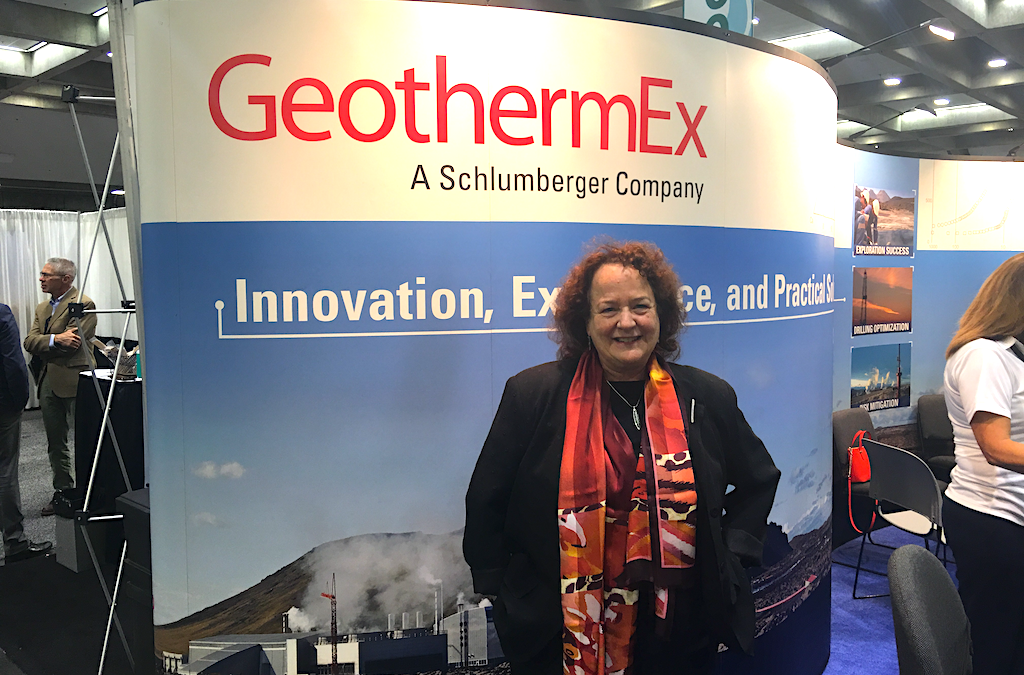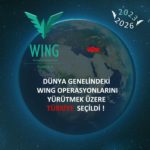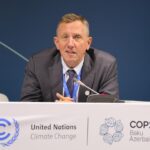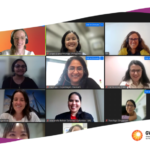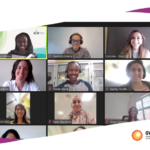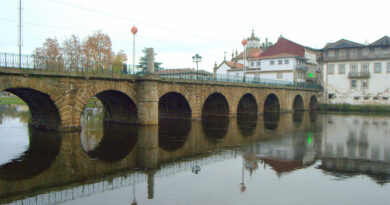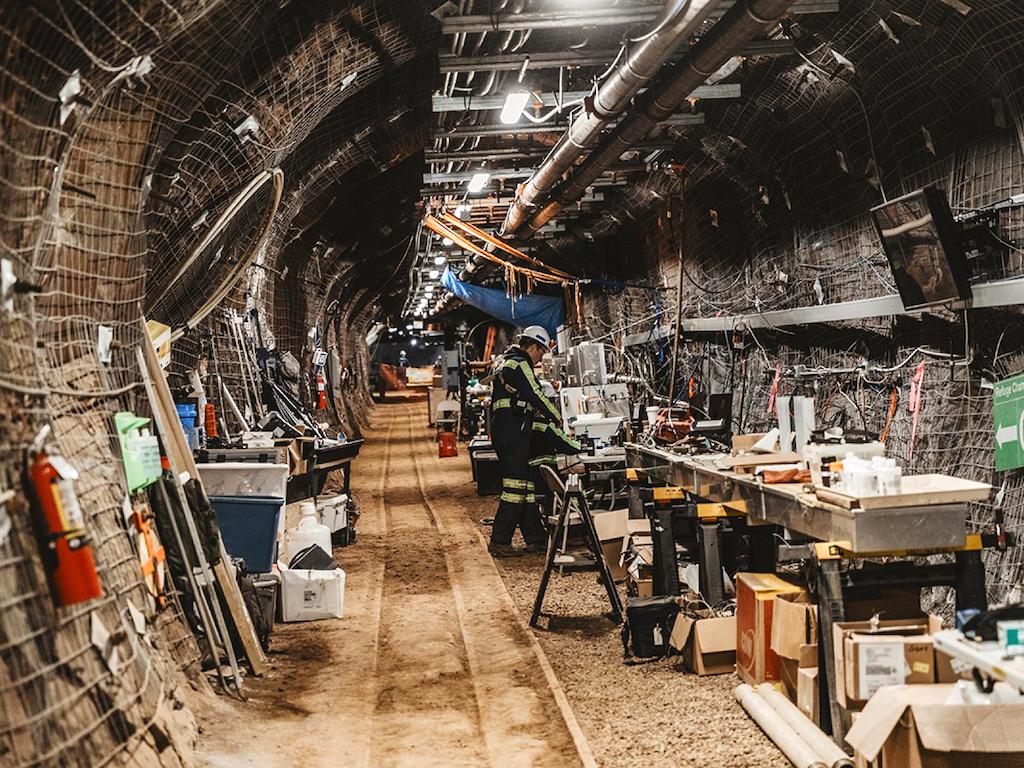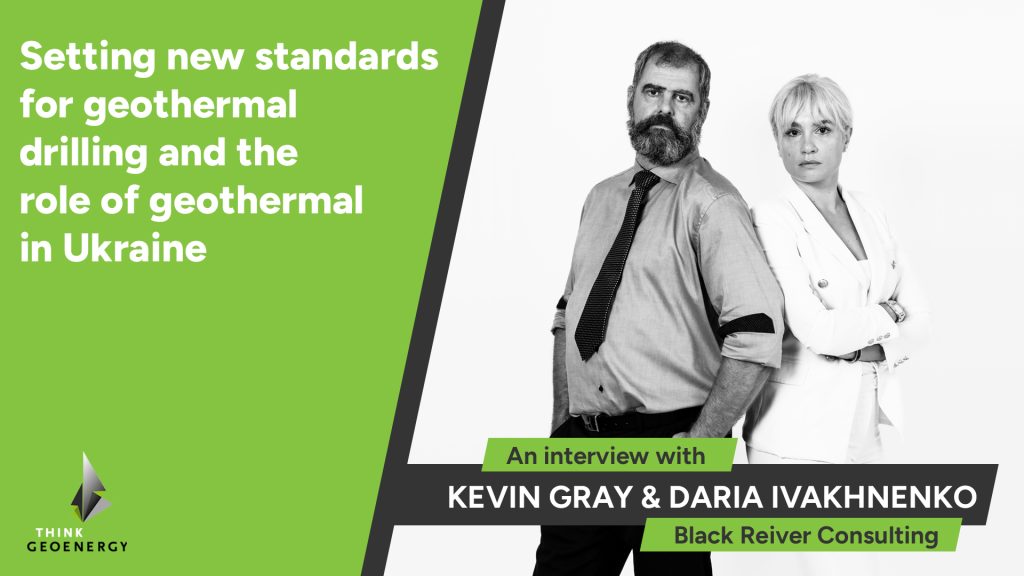Women in Geothermal (WING) Global – interview with Global Chair, Ann Robertson-Tait
Energy Disrupter
The chair for the global activities of the Women in Geothermal (WING) is now with the U.S. team after a handover from New Zealand. How the handover has proceeded and what’s in the pipes we learn in this interview with Ann Robertson-Tait, Global Chair of WING.
These last few months clearly went differently than planned for so many of us, so we are glad connecting to good friends and colleagues in the industry to see how they are doing and what is going on. Over the years, we have been working with members of the Women in Geothermal (WING) community worldwide, a vibrant organization of women and men promoting gender equality and actively developing the next generation of female leaders in the geothermal industry. We wanted to check in with the WING gang and are glad having been able to connect with Ann Robertson-Tait, Global Chair of Women in Geothermal (WING).
The Women in Geothermal chapter in the U.S. was to take over WING global during the World Geothermal Congress. With the event postponed, did you manage to organize the handover?
Yes we did – although we had planned to do the handover in April at WGC 2020, it happened through a series of virtual meetings with the New Zealand WING team, ending with a session in May 2020 in which we expressed our deep gratitude for their groundbreaking work. Kate Young designed some beautiful leucite WING plaques that were quietly delivered to Abbie Dean (former WING Global Executive – now Kelly Blake’s role) – she presented them to the NZ team while we were on the final handover call along with a massive bouquet of flowers for WING founder Andy Blair. They enjoyed our little surprise, and expressed their pride in in WING’s formation and the initiatives that they started (WING’s Roadmap to 2020, the WING Ambassador Program, the Future Leaders Cohort, the WINGman Special Task Force, the WING website and WING events), and reminisced about WING’s beginnings and how it evolved since its inception in 2013. The New Zealand team members were both sad and happy about handing the reins over the US team – happy that their creation was in good hands, allowing them to have a break from their extra part-time jobs (promoting WING and its initiatives) but sad not to be driving WING’s initiatives – although they will continue to see their legacy in the positive impact of these initiatives. It was a bittersweet moment for all of us – the US team is very proud of the NZ team, and a bit nervous about living up to their legacy, and the NZ team was alternately wistful and gleeful about letting go of the global role. It ended on a positive note with high expectations for new and continuing initiatives, leading WING into the future.
Changes like this are always challenging. What were the key obstacles you faced during WING’s transition, particularly in these current times?
Our main challenge was getting as much information as we could from the NZ Team about WING’s formation, programs and agenda before taking the reins. Fortunately, we had started the process early in 2020 (at our usual WING Planning Retreat before the Stanford Geothermal Workshop), and used that opportunity (and others later) to interrogate Andy Blair and Abbie Dean thoroughly about their vision for WING and the specifics of how the NZ team worked. Shortly thereafter, it was clear that the process had to be continued remotely, which has worked out remarkably well. We also realized the need to manage our collective documents and other information more efficiently (organizing our data and setting up a shared space in the cloud) and began using Slack for day to day communication, which has been a great way to keep initiatives moving without filling up everyone’s inboxes.
These are challenging times for everyone in the geothermal sector and naturally also for groups and associations such as WING. How have you been adapting and engaging with your peers? We are missing the in-person interactions at geothermal conferences and events. We had planned numerous WING activities for WGC 2020, including the Future Leaders Forum and the transition of the WING Global Chair, but the pandemic has required WING to adapt to use of online platforms. We are maintaining regular contact with WING Ambassadors and updating the WING website to expand access to more information and enable more interaction. Caity Smith (Global Team) and Emily Collis (NZ Team) are using a virtual meeting platform for the first WING Future Leaders Cohort, a group of 17 women selected by the NZ Global Team based on information presented in their applications. These women are currently participating in a 10-month training program to prepare them in several subjects outside of their core technical expertise that are needed to advance into senior leadership and governance roles. The Global team continues to have bi-weekly on-line meetings to maintain momentum on our initiatives, and we look forward to them, even though they sometimes run long. We have always had a very open style of communications – we work though our different opinions to arrive at good outcomes, and try to distribute work better among us. Two more WINGmen have recently joined the core team, and we have another ‘home-grown’ one – the ‘World’s Littlest WINGman’ – Amos, son of Global WING Team member Mary Mann, born on August 14th, 2020!
The GRC Annual Meeting has been a key event for the U.S. sector. With the event to take place virtually this year, how is WING preparing and participating in the event this year?
When conferences go virtual, WING goes virtual! For this year’s GRC Annual Meeting, WING is continuing its presence with a booth at the virtual Expo – everyone is welcome to ‘stop by’ for a chat. We are sponsoring 10 students to attend the virtual conference, and will are reviewing/judging posters as usual. Hoping that we will all gather in person at WGC 2021, we have planned several important in-person WING events. Two of these events are public: the WING networking reception and the WING Battle of the Bands at a nearby brewpub. Two others are by invitation only: the WING Ambassadors meeting and the WING Future Leaders Cohort meeting. We are currently finalizing a new set of sponsorship packages. Spoiler alert: some of them include participation in the “invitation only” events, where sponsors have an opportunity to network with WING representatives from 32 countries and get to know the next generation of female leaders in the geothermal community.
There is increasing interest in oil and gas sector players in geothermal. Have you seen an impact in the interest in WING’s activities or geothermal in general?
You’ve touched on a very timely topic. Many women and men in the oil & gas sector are working in the energy transition and/or corporate ESG (Environment, Social and Governance) organizations that are continuing to form at a rapid pace. In addition to recognizing the adjacency between geothermal and hydrocarbon technologies and workflows, these organizations understand the need to move quickly to heal our planet. The conversation about climate change has evolved in 2020, catalyzed in part by a confluence of negative events. But the interest from the oil & gas sector brings fresh ideas and new technologies to the geothermal industry. At the same time, governments in many countries that have a long history with oil & gas development are supporting clean energy technologies, including geothermal. The interest from the oil & gas world also brings the opportunity to get the word out about WING to a large group of people who want to pivot to the geothermal sector. Of course this helps grow WING’s membership and increase awareness about gender equality – but more importantly, it brings new perspectives and different ideas for developing geothermal resources, leveraging more than a century of advancements in a closely related sector.
With the oil sector facing an uncertain future, there are indications that younger generations less and less are seeking education in geosciences. What would you say if you were to be asked on the future of subsurface sciences in the context of the global energy transition. Is there a future in geosciences?
I am a geologist, so perhaps I am biased – but my opinion is that there is a bright future in geosciences because there is no shortage of useful subsurface resources – geothermal is only one of them. Our communal challenge is to send the right message to those entering Tertiary education programs, and adapt our curricula toward clean energy technologies and critical minerals. In combination, these can effectively market the opportunities for geoscientists to become involved in clean energy technologies and critical minerals, providing career paths that provide an alternative to traditional oil & gas or mining work. The younger generation loves technology and brings new ideas to develop resources more safely and with less negative impacts than in the past. Their ideas and idealism are needed and wanted – and I think they know it. I say absolutely yes, there is a future in geosciences – because the next generation of geoscientists is very woke, and will do things much better than we did, whether it is extracting minerals or hot fluids, mitigating subsurface pollution, finding places to store CO2 safely in underground reservoirs – or promoting gender equality.
We thank Ann for taking the time engaging with us and applaud her and the U.S. team for the work … and naturally a great thank you for the groundwork by the WING team from New Zealand, led by Andy Blair.
To learn more about WING and its activities, check out the WING website and the WING Facebook Group.


